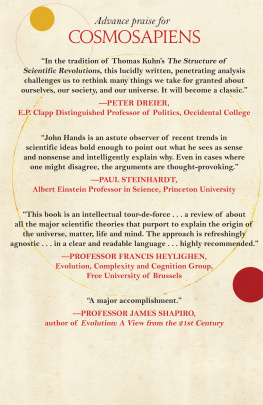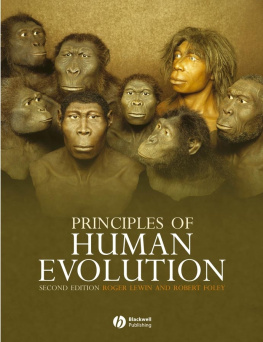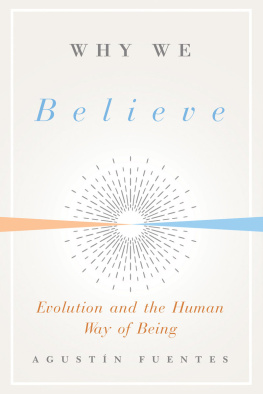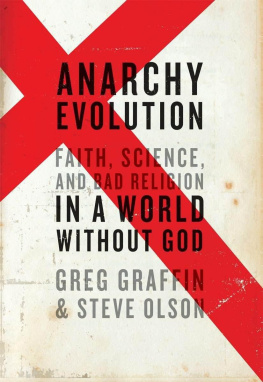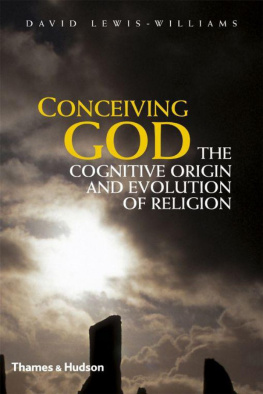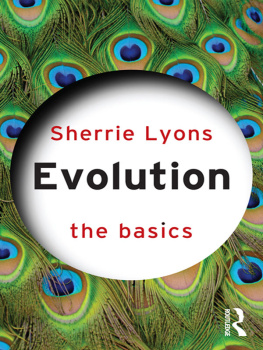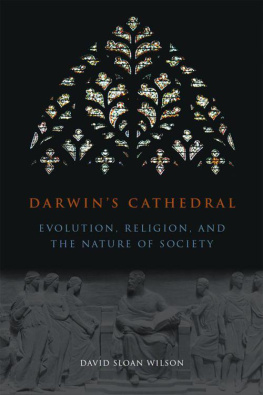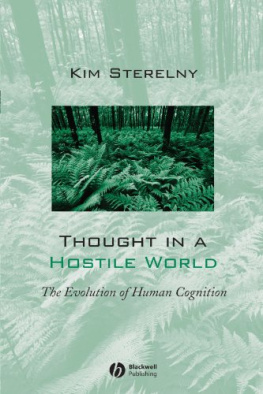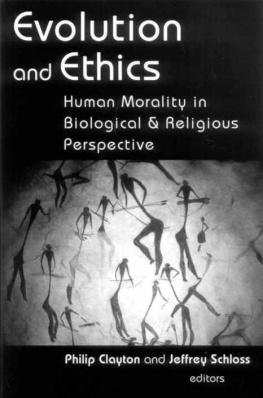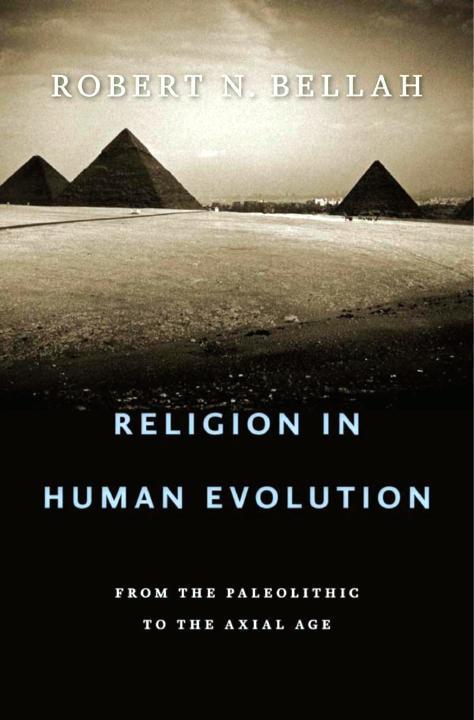From the Paleolithic to the Axial Age
Robert N. Bellah


ix
xxv
Very deep is the well of the past.
THOMAS MANN, Joseph andHis Brothers
Those moments which the spirit appears to have outgrown still belong to it in the depths of its present. Just as it has passed through all its moments in history, so also must it pass through them again in the present.
HEGEL, Reason in History
When one reads the poems and the writings of the ancients, how could it be right not to know something about them as men? Hence one should try to understand the age in which they have lived. This can be described as looking for friends in history.
MENCIUS 5B:8
This is a large book about a large subject. It is therefore incumbent on me to give the reader an explanation of why it is so long (it could be many times longer), a road map, and a response to certain objections that may leap to the mind of some readers. I will begin by using the three epigraphs above to give an idea of what I am trying to do.
Manns metaphor of the past as a well, in the opening sentence of his book, is complemented immediately by his second sentence: Should we not call it bottomless? It becomes clear in the long prologue that starts with these sentences that Mann is afraid, as he embarks on a story that reaches back into the second millennium BCE, that he will fall ever further into the past, lose his grip on each ledge that he reaches for in order to try to stop his fall, and instead plummet ever deeper into what appears to be bottomless. Among other things he shudders at the thought of falling below the human altogether into the deep crevasses of biological evolution. Toward the end of the prologue he becomes preoccupied with another fear: that the past is dead and that to fall into the past is to die. But just as he completes the prologue he comes to the truth that guides his enterprise: he thinks about time. The past of life, the dead-and-gone world is death, yet death, because it is the eternally present, is life. Thus of the past he writes, For it is, always is, however much we may say It was. Girded with the thought that the past is, and therefore though apparently dead is also alive, he is ready to embark on his sixteen-year project of writing a book that even in the one-volume edition is over 1,200 pages long.
Hegel, we might say, picks up Manns metaphor of the well and uses it in a way that Mann doesnt: the well as a source that gives us living water, without which we would die. Hegel is our modern Aristotle who took the effort to think about everything and put it into time, development, and history. For Hegel, we cannot know objective spirit, what we would call culture in the deepest sense, without knowing its history, even though we may think, wrongly, that we have outgrown it. Unless we pass through all the moments of the spirits history in our present, we will not know who we are, will not be conscious of subjective spirit-that is, of our present cultural possibilities.
Finally, Mencius suggests that in history we can find friends who, if we make the effort to understand them, can help us on our way. The passage in the epigraph is preceded by the thought that a Gentleman-the English term used to translate the ancient Chinese term junzi for a man of superior social status, which Confucius had transformed into a term for a man of superior ethical quality-would seek to befriend other Gentlemen in his own village and state, and even the whole empire, but also in history itself. Mencius is reminding us that we can find friends from whom we can learn all the way into the deep past.
Eric Hobsbawm has suggested that the acceleration of cultural change in our most recent past has threatened to cut us loose from history altogether, snapping the links between generations, that is to say, between past and That would threaten the entire project to which I have just shown Mann, Hegel, and Mencius contributing, and call into question who we are as humans or where we want to go. No past, no future: its that simple. One might also say, no present either. Cultural vacuum. Not likely, but even a threat of such a thing has to be taken seriously and has been countered of late by the call for deep or big history. David Christians Maps of Time: An Introduction to Big History and Daniel Lord Smails On Deep History and the Brain may be taken as signs of the time What Christian and Smail do is link us back to our history as a species, one species among many, all of which are our relatives, right back to the unicellular organisms of 3.5 billion years ago. And Christian goes even further than that, starting with the big bang of 13.5 billion years ago and ending with a universe that will have decayed into a state of featureless equilibrium billions of years hence. Both Christian and Smail are historians, and both recognize that they are breaking rather strong taboos in their profession, rejecting the established view that history begins with texts and so is only about 5,000 years old, and that anything before that is to be left to biologists and anthropologists. I follow them, rather modestly confining my concern to one subject area, religion, though in premodern societies that is quite an inclusive category, and to our own species, with only a glance into our biological ancestry, and ending, not with the present, but with the first millennium BCE, for reasons I will explain later.
One thing that both Smail and Christian take for granted, with which I very much agree, is that history goes all the way back and any distinction between history and prehistory is arbitrary. That means that biological historythat is, evolution-is part of the human story all the way through, though quite a long time ago it gave rise to culture and has coevolved with it ever since.5 That will inevitably raise questions that I can deal with at length only in Chapter 2, which is devoted to religion in the context of human evolution, but that I must address briefly right from the start. Mann in his Prologue to Joseph and His Brothers was especially frightened of falling in the bottomless well into the prehuman vortex of evolution. He need not have been. Even though he wrote that book from 1926 to 1942, before the great advances in evolutionary theory that have occurred since the mid-twentieth century, there was still enough available for him, if he had had the time, to find that he had many friends among nonhuman organisms. It was known then, for example, that the atmosphere of the earth, with its plentiful supply of oxygen, was not present in the early years of our solar system, and that it developed only because unicellular organisms in the primeval sea had discovered how to use photosynthesis to feed themselves, thus producing a surplus of oxygen that, over the course of a billion years or so, created an atmosphere in which multicellular life-plants, animals, and otherscould begin to inhabit the land masses that had previously been barren rocks. A little vote of thanks to these tiny microscopic creatures, without whom nothing presently existing on dry land would be here, might have been fearlessly offered.


